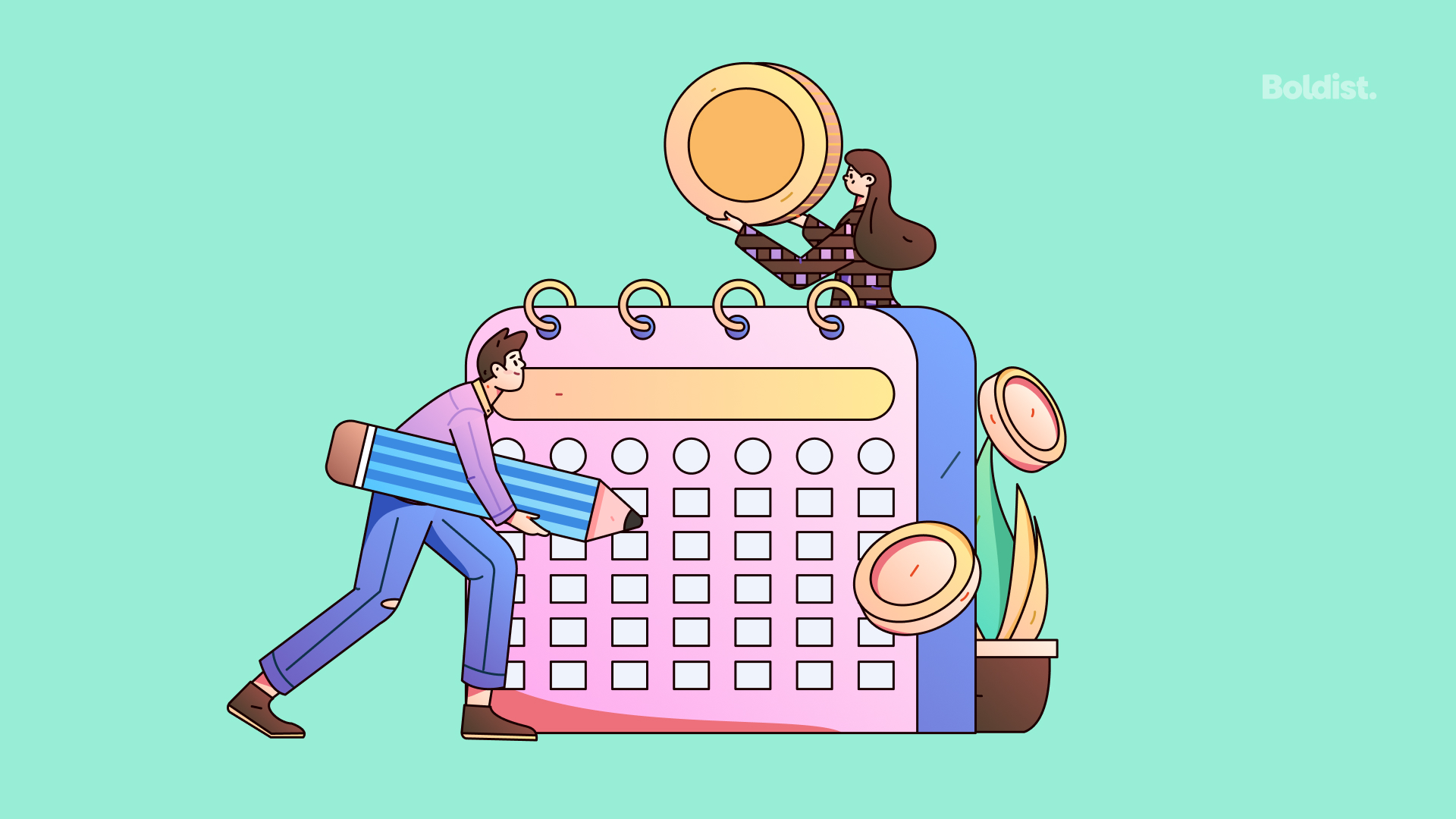Let’s talk about two branding concepts.
The first is consistency. When you go to a company that has managed to master consistency, you know that you can expect the same or a similar experience wherever and whenever you interact with that company. When a company has that mastered, it becomes a part of their brand. This means that whenever you walk into a location of the said company you can expect that brand to be present, and you will find that the experience you receive is similar to the experience you had at the other location or dealing with another person at that company.
The second is continuity. In the movies, the continuity supervisor is there to make sure that nothing ends up out of place, or that the stars don’t magically change clothes in the middle of a scene. When things are out of place, people notice. So much so that there are whole websites dedicated to finding continuity errors in films. In business, you create processes and procedures and then teach your employees to provide continuity. When you make a change, you make sure that it makes sense based on what you have been doing so far. In this way, when someone purchases your product or service, they know that it will be the same as they left it.
These concepts seem very similar, and they are, but the differences are important. Consistency means your brand provides an experience that conforms to a set of norms that you are able to repeat every time with a similar level of accuracy, service, and in a way that does not vary greatly between brand interactions. Continuity is a trajectory over time. It can mean that you are consistently staying the same. It can mean that you are consistently getting worse. Hopefully, and this is the best for your brand, it means that you are consistently getting better.
To establish your brand, set an achievable baseline consistency.
New businesses that are looking to brand themselves are looking to set a baseline, a set of norms that they can consistently achieve, provide, or deliver. While you may know the 108 things it takes to make an amazing product, if you can only achieve 20 of them consistently people will not be able to determine what they can count on and your brand will be inconsistent. People will say, “I love that place but it is hit or miss. Sometimes it’s awesome, sometimes it’s horrible. You never know what you are going to get.”
To grow your brand, look to continuity.
Once a new business has established a brand, or maybe right from the start, you can use continuous growth to establish a brand story. Continuity in your brand story is important. It means that even though change happens (not consistent) your customers can continuously count on your brand to improve over time. Mastering continuity allows you to be inconsistent with the effect that your brand will benefit over time.
Mastering continuity means that you can be consistently inconsistent and no one will care.
Continuity is created by trying your new ideas on your customers. If your customers react positively to the change, then you integrate and repeat. If they react negatively, you understand as much as you can and you drop it. Understanding what your customers don’t like is as important for your brand as understanding what your customers do like. If you consistently drop what doesn’t work, your customers will know that they even though they sometimes might not enjoy the new experience or product, that they can count on your brand to take the corrective actions and it won’t be there the next time. People will understand and some may even enjoy being part of the process.
Choose a sustainable level of change for your brand.
Continuity is mastered by finding a rate of growth that is sustainable. The more change you implement at the same time, the harder it is to maintain continuity and you may end up damaging your brand. How? Change too quickly and you risk falling flat on your face. Change too slowly or not at all and you risk being left behind by the marketplace. The key is to find just the right level of change that none of your business systems suffer and you achieve your business goals.
The short version.
Consistency helps you establish your brand. Continuity allows you to adapt that brand over time without losing the trust of your customers. Your job as a Brand Manager is to find a sustainable rate of change that will help build your brand over time. By paying attention to your customers’ reactions you can tell which direction you are going, and hopefully, it is the right one.


